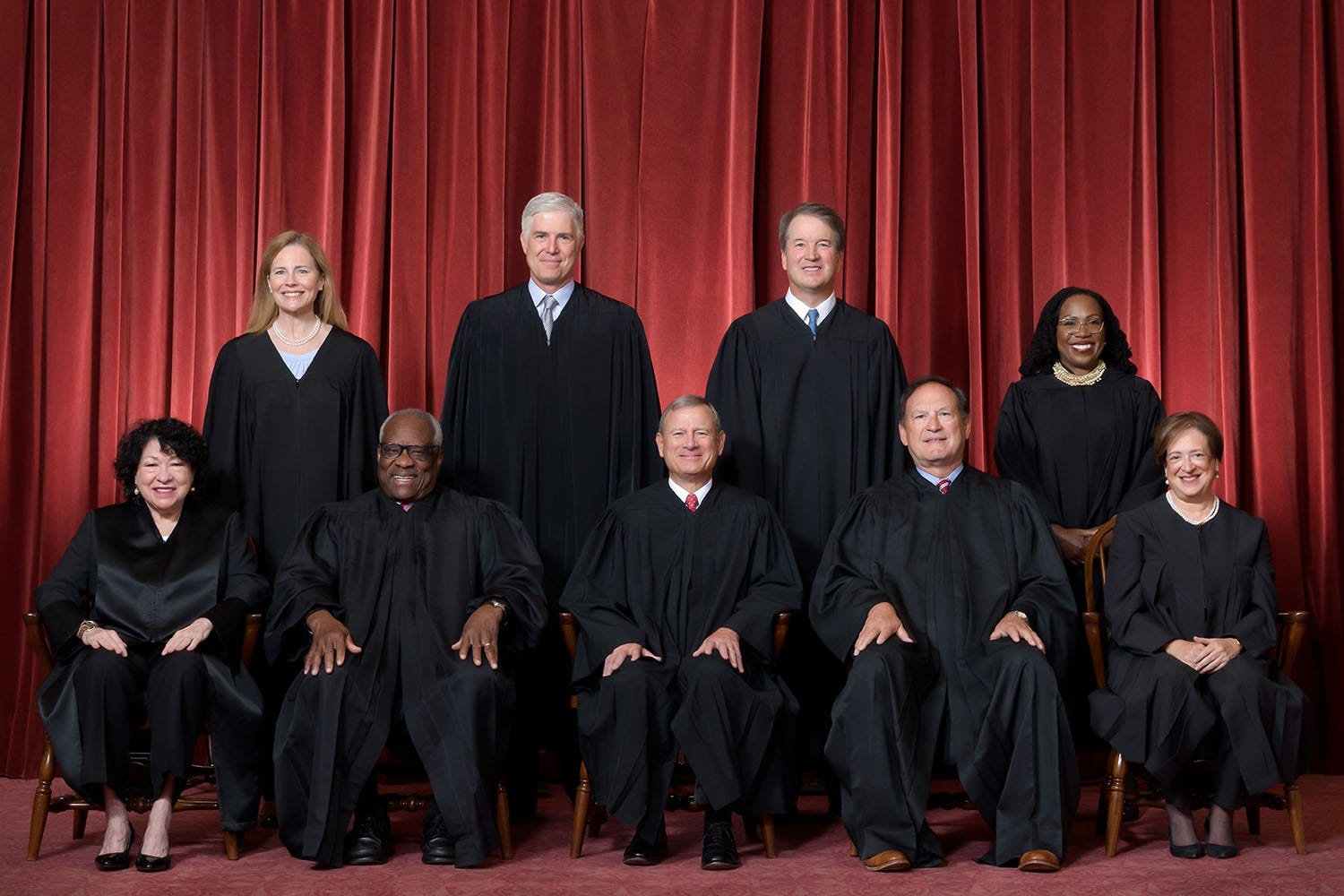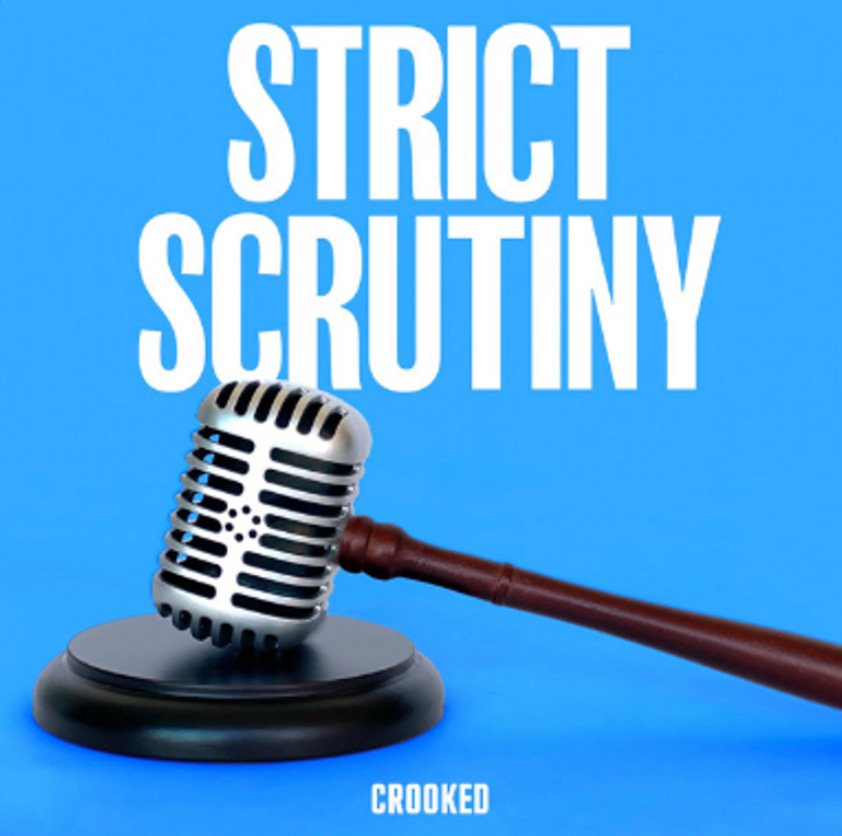The Supreme Court: From Uneventful Founding to Right Wing Takeover
History of the Supreme Court: Part I
🤓 Bite-Sized Knurd: Unprecedented rulings and recent reports of corruption by right-wing justices call into question the legitimacy of the court and how exactly we got here.
In Case You Missed It: Degrowth | The Climate Solution Already Within Reach

It’s no secret that the Supreme Court has been under scrutiny recently.
Rightfully so. After they used ethically questionable tactics to gain a 6-3 majority, conservative justices have handed down hyper-conservative decisions not supported by the majority of U.S. citizens. The overturning of the 50-year right to an abortion is only one of the cases that have caused rippling impacts on our lives and democracy.
No conservative justice has been spared by…accountability recently. A rash of news investigations has uncovered countless corruption from the conservative justices. (trigger warning: sexual assault is mentioned)
- It all began with the bombshell report that Justice Clarence Thomas, of Anita Hill sexual harassment fame, has been accepting luxury vacations and fully paid childhood homes from real estate billionaire Harlan Crow based in my hometown of Dallas.
- The man tasked with holding the court together, Chief Justice John Roberts’ own wife was reported to have made $10.3 million from elite law firms who have business before the court as a recruiter.
- Coincidently, Neil Gorsuch sold a 40-acre property to a law firm head for $1.8 million just weeks after his appointment to the highest court in the land. Only for said law firm to take part in a case successfully dismantling the Clean Air Act.
- New information reveals how corrupt the 2018 Senate investigation into Brett Kavanaugh was. Hiding first-hand accounts like another Yale graduate who reported that he witnessed one of Brett’s buddies forcibly push Kavanaugh’s penis into the hand of a female classmate at a party. Not what you want to hear from someone who is deciding the fate of women’s health.
- Finally, without any hint of irony, Samuel Alito ran to the Rupert Murdoch-owned Wall Street Journal to complain about the increased scrutiny, threats, and accusations of a delegitimate court. There is no self-reflection that the court's own actions and extremism have led people to believe this.
Any one of these news stories would be questionable on its own and I imagine are only tapping the surface. Each of these stories gives a window into the influence that the wealthy hold over many of our democratic institutions. When the men whose decisions impact millions of people’s lives are concealing their ties to wealthy individuals, it’s time to question what democracy really should look like.
As the court has grown more emboldened in its attempts to build a conservative nation not through legislation, but the courts, it’s important that we take a deeper look and understand how the courts were built, how they were corrupted, how this impacts people’s lives today, and what we can do about it.
The Founding of the Court
The Supreme Court’s creation was uneventful. The Constitution called for Congress and the President to establish the Supreme Court and the structure of the lower federal courts.
The Judiciary Act of 1789 signed by George Washington made it official by establishing the first Supreme Court and its justices.
What is distinct about the early Supreme Court is that it was widely agreed that the Court alone was not the final arbiter of the Constitution as it has now come to be viewed. It was viewed as an equal third branch of government that had some weaknesses since it was an unelected body.
What About Checks & Balances?
One of the first things you learn about the U.S. government in school is that it’s made up of three branches of government each having their own checks and balances.
Even though the Supreme Court’s checks are not being implemented currently, they do have them. Specifically, there are three:
- Court size: the Constitution doe not state the size of the Supreme Court. Over the years, the number of justices originally starting with 6 has changed 7 times. The last change was in 1866 when the court was reduced from 10 to 9 justices.
- Court jurisdiction: Congress can decide what kinds of cases the Court will hear, which gives them the power to strip away entire areas of the law. In 1868, Congress prevented the Supreme Court from hearing cases related to writs of habeas corpus.
- Judicial Oversight & Impeachment: Congress has the ability to pass laws to check justices against corruption. As for impeachment, there has only been one, Justice Samuel Chase, who was impeached in 1805.
Next week, we’ll jump a few centuries ahead to examine how the right wing was able to capture the majority and act with impunity.
Learn something new? I know I did while writing this! If so, consider sharing this with a friend.

If you want to stay up to date on the court, I recommend listening to Strict Scrutiny, a podcast on “the Supreme Court and the legal culture that surround it.”

Does your nonprofit need better planning templates? Knurdology has officially released its social media, digital advertising, and communications strategy templates customized for non-profits, businesses, or political organizations.
🥳 It’s my birthday! May the 4th be with you. Consider upgrading your subscription to paid to help support my work.
Up Next:
the roots of change media ecosystem Newsletter
Join the newsletter to receive the latest updates in your inbox.



